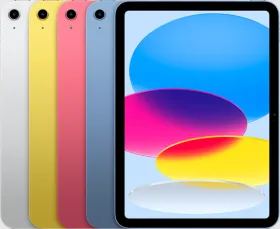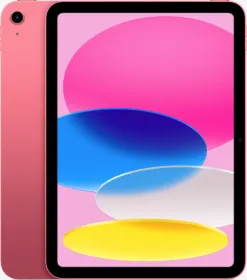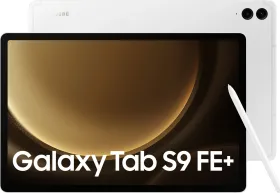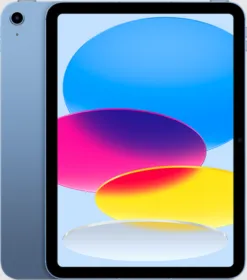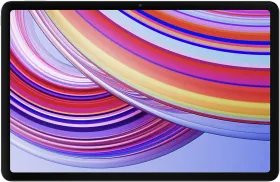TL; DR
- As per Ming-Chi Kuo, Apple’s first foldable iPhone is coming in 2026, featuring a 7.8-inch crease-free display, Touch ID, and titanium build.
- Ultra-premium pricing at $2,000–$2,500, with only 3–5 million units in 2026.
- A second-gen model in 2027 could push shipments to 20 million.
Ming-Chi Kuo has spilled the details on Apple’s long-rumored foldable iPhone, and it’s shaping up to be one of the most ambitious—and expensive—iPhones yet. According to Kuo, Apple is positioning this device as a “true AI-driven phone,” using its large display to enable multitasking and AI-powered features. But don’t expect it anytime soon—it won’t hit mass production until Q4 2026.
Foldable iPhone: Key Hardware Details
Apple is reportedly going for a book-style design, similar to the Galaxy Z Fold, with a 7.8-inch inner display and a 5.5-inch outer display. But unlike most foldables, Apple is targeting a crease-free design, which could make this one of the most polished implementations yet.
- 9–9.5mm thick when folded, 4.5–4.8mm when unfolded (thin for a foldable)
- Titanium alloy casing (like the iPhone 15 Pro series)
- Hinge made of stainless steel + titanium alloy for durability
ALSO READ: Apple Refreshes The MacBook Air Lineup With Its M4 Chip: Check Specs And Price Here
- 7.8-inch inner crease-free screen, 5.5-inch outer display
- No Face ID due to thickness constraints
- Touch ID returns via a side-mounted fingerprint sensor
- Dual rear cameras (no periscope zoom mentioned)
- Single front-facing camera accessible in both folded and unfolded modes
- Same high-density battery cells as the ultra-thin iPhone 17 (17 Air)
Kuo says final specs lock in Q2 2025, with mass production kicking off in Q4 2026. That’s nearly two years out, but it aligns with Apple’s meticulous development cycles. A second-gen model is already in the pipeline for late 2027, showing this isn’t a one-off experiment.
Apple’s Foldable Strategy: Luxury First, Mass Adoption Later
Unlike Samsung’s push for foldables at multiple price points, Apple’s foldable won’t be cheap—Kuo estimates it could start between $2,000 and $2,500. This is aimed at die-hard Apple users and early adopters rather than mainstream consumers.
Initial shipments will be low, with only 3–5 million units expected in 2026. Apple’s real push into foldables might not happen until 2027, when the second-generation model launches—with total shipments across both models potentially reaching 20 million units.
Apple Intelligence

Beyond the foldable form factor, Apple seems to be using this device to push a new era of Apple Intelligence iPhones. The larger screen allows for better multitasking, potentially integrating AI chatbots, context-aware recommendations, and cross-app interactions—a clear response to Samsung and Google’s AI push.
However, Apple Intelligence has recently been criticized for not working as promised and for its constant delays. The advanced Siri, for example, has been delayed until 2026.
Will a $2,500 foldable iPhone actually sell?
Apple’s track record suggests it could, but the real question is whether the software experience will justify the price. iOS 16 to 18 has been very buggy, and the experience hasn’t been spotless. If Apple nails Apple Intelligence by then and delivers a premium foldable that doesn’t feel like a compromise, it could set the standard for AI foldables. But if not, it might just be another expensive experiment before foldables go mainstream.
You can follow Smartprix on Twitter, Facebook, Instagram, and Google News. Visit smartprix.com for the latest tech and auto news, reviews, and guides.
















